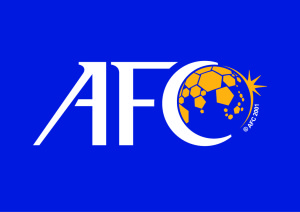By Mark Baber
July 17 – With Iran, the US, Europe and Russia having reached an historic settlement of the nuclear issue the lifting of economic sanctions and the reintegration of the Islamic Republic into the global economy is likely to transform the fortunes of Iranian football, one way or another.
Under the sanctions regime, which saw an almost total trade embargo by the US and tightening sanctions on the energy and banking sectors from Europe, Iranian football held up extremely well – with the country enjoying top position in the FIFA Ranking of Asian countries, a relatively successful World Cup and boasting powerful club sides which enjoy massive match day attendances as well as success in the AFC Champions League.
The reintegration of the country into the global system, in particular the resumption of oil exports to Europe, is expected to boost the coffers of Iranian corporations – such as the National Iranian Oil Company which owns Tehran’s third biggest club Naft Tehran.
Mansour Ghanbarzadeh, the CEO of Naft, interviewed by Reuters on Thursday, expressed his optimism over the deal, focusing on the finances of the national federation and saying: “Everybody claims that sport should be away from politics but in reality football in Iran was under sanction.”
According to Ghanbarzadeh: “We have not received anything in the past two years from FIFA. One figure was about $10 million subsidy for qualifying for the World Cup. The only reason for that was the banking sanction.”
Regarding club football, Ghanbarzadeh said: “One of the problems was getting sponsors from overseas, hiring foreign players. Many companies were not allowed to grant us any sponsorship or be a sponsor. Iran is a big market, 70 million population, and sure it has big potential for any big company.”
Iran will need to be careful about how foreign investment, sponsorship and import and export of players are handled – bearing in mind the dramatic fall of East German football after the reintegration of the Warsaw Pact countries into the global economy.
However, unlike East Germany, Iran has a 78.5 million population (the second largest in the Middle East after Egypt), immense oil reserves and an economy which is expected to expand rapidly with $100 billion in new energy deals already in the pipeline.
Energy companies looking for a foothold in Iran are obvious potential sponsors for Iranian clubs with companies in aviation and the healthcare also expected to be interested in quickly building a presence in Iran – as those sectors once again open up to large scale foreign trade and investment.
Contact the writer of this story at moc.l1744766534labto1744766534ofdlr1744766534owedi1744766534sni@r1744766534ebab.1744766534kram1744766534


